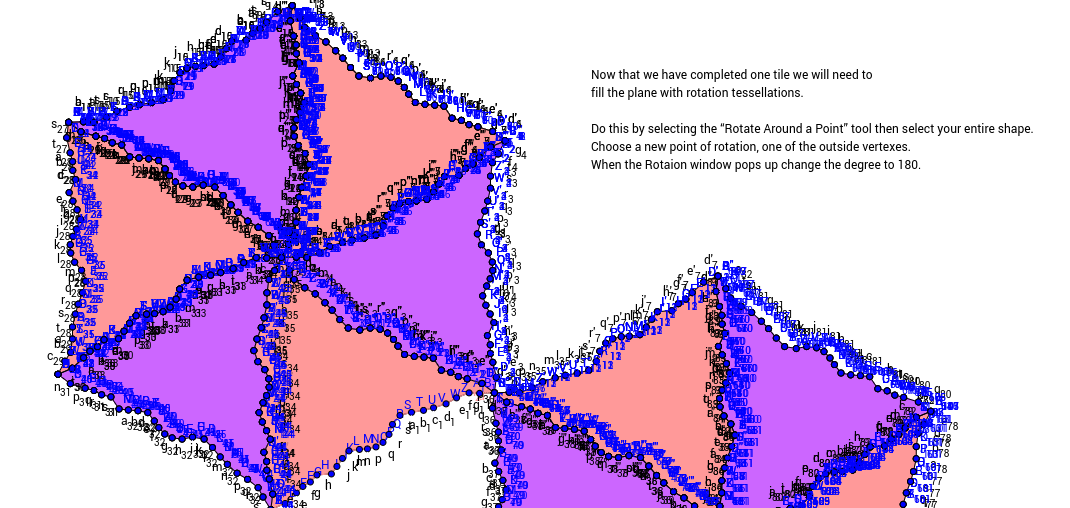

Notice that the artist, Escher, took wild liberties with the shape of the tail and every fin on the fish.įor some animal species and clothing fashions, you can break most of the rules of anatomy and not expect the audience to notice: put a nut-eater's beak on an eagle, leave off the legs, and nobody notices! Notice for example that in this bird tessellation, we're ready to accept it as a bird when there are no feet, and only a vague diamond-shaped suggestion of wings and a body. Take a look at the red and grey fish tessellation at right. Not only are those fins and body and tail ready to be twisted all around, but it's a rare expert who can say for sure whether you've accidentally left off a fin, or made the tail too big, or put a grouper's mouth on a guppy. For example, fishes' big floppy fins give you a valuable forgiveness no matter what liberties you take. "Flexibility" can also mean a forgiving nature, or just using a shape that people don't know very well.

So, our cat will get long hair, and our sitting Buddha will get big floppy robes and some kind of random long hair. For example, it's pretty easy to manipulate the outline of a person in big floppy clothes, but the outline would be far less flexible if the person were wearing Spandex (tm) or knights' armor. Third, decide whether that tessellation is worth developing, I look for a lot of flexibility in the outline.

The 17 combinations of ways that you could spin, push, or flip your basic shape is together called the set of "17 wallpaper groups". The perfect examples are brick walls and chicken wire.īy taking the basic shape and spinning, pushing left or right, or taking mirror images of it, you can get a lot of tessellation options. The perfect example would be slices in a round pizza: together they tessellate they're all the same shape their only difference is that each one is rotated a little compared to the ones around it.Ī translation is when you slide your basic shape a little to the left/right, or up/down. Notice that flips, rotations, and translations are all OK.Ī "flip" is what you see when your basic shape is mirrored: one cat faces left, and the cat next to it is identical except that it faces right, like a mirror reflection of the first cat.Ī rotation is when you use the same basic shape all around your pattern, but in some places it's spun around a point. Can you also see that a buddha sitting Indian-style is roughly triangular?Ĭan you see the relationship between these shapes & triangles? Can you see the blue-and-green buddhas? For example, a sitting cat is roughly triangular, so stacking cats makes a good tessellation. Second, I look around for objects that roughly fit one of those shapes. I familiarize myself with a few basic shapes that I know will tessellate: bricks, triangles, hexagons like chickenwire.
TESSELLATION ROTATION IDEAS HOW TO
Nowadays, creating a tessellation is much easier because I've learned a few helpful shortcuts and cheats.įirst among the shortcuts is how to start. It felt exactly like stretching a leg muscle or jogging after a long period of not exercising.except that the muscle was in my head, and no amount of soft sneakers would help. I drew a patternless ramble that didn't really work, scrapped it, and then drew "Bootlickers", which won that year's World of Escher contest.Īt first, I got headaches thinking about manipulating opposite edges of an object. Around age 42, though, I Googled for Escher art contests, and found that the only fairly large Escheresque contest was for tessellations. Escher's hyperrealism and trick perspective, but I didn't really like tessellation. Like Hop David, I was around 40 when I tried my first Escher-like tessellation. MORE HINTS ABOUT HOW TO MAKE TESSELLATIONS.


 0 kommentar(er)
0 kommentar(er)
